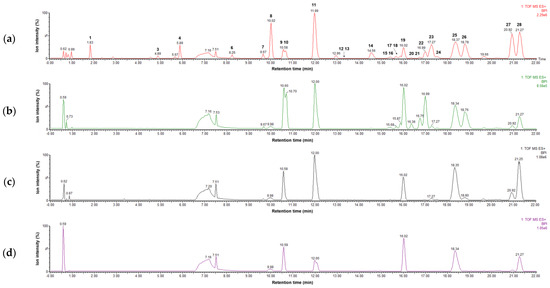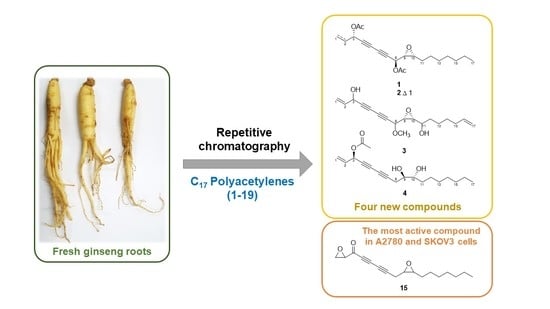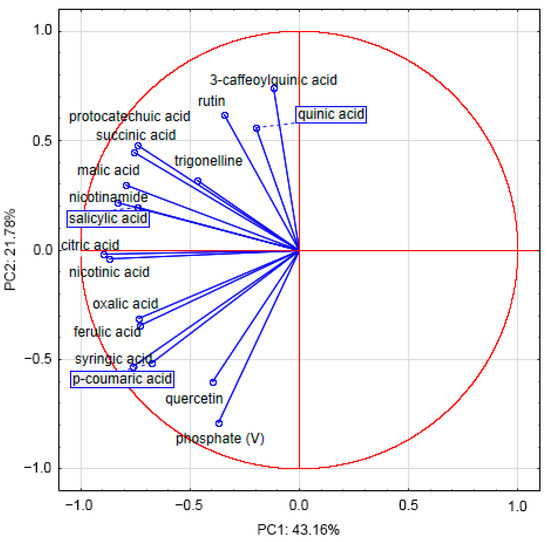Bioactive Natural Molecules from Functional Foods
A topical collection in Molecules (ISSN 1420-3049). This collection belongs to the section "Food Chemistry".
Viewed by 24939Editors
Interests: natural products; isolation and structure determination of natural compounds; standardization of traditional medine; analysis of compounds; pharmacognosy; traditional medicine; dietary supplement; food ingredients
Special Issues, Collections and Topics in MDPI journals
Topical Collection Information
Dear Colleagues,
Medicinal plants have been used to treat various diseases for a long time, not only as a traditional medicine but also as functional foods. Today, functional foods from natural resources are attracting people commercially and for disease treatment together with medicine. Thus, research on bioactive constituents of functional foods is highly important. Isolation and structure determination work of bioactive molecules will provide strong scientific evidence for those functional foods as well as traditional medicine. As functional food markets continue to expand worldwide, their study is becoming increasingly important.
In the present collection, bioactive natural molecules from functional foods are the main topics which will include the following.
- Isolation and structure identifications of compounds from functional foods or traditional medicine;
- Bioactivity study with natural molecules from functional foods or traditional medicine;
- Analysis of bioactive compound(s) from functional foods or traditional medicines using QNMR or MS-MS study including metabolomic study with strong scientific evidence;
- Standardization method development of functional foods or traditional medicines.
Prof. Dr. Eun Kyoung Seo
Dr. Joo-Won Nam
Collection Editors
Manuscript Submission Information
Manuscripts should be submitted online at www.mdpi.com by registering and logging in to this website. Once you are registered, click here to go to the submission form. Manuscripts can be submitted until the deadline. All submissions that pass pre-check are peer-reviewed. Accepted papers will be published continuously in the journal (as soon as accepted) and will be listed together on the collection website. Research articles, review articles as well as short communications are invited. For planned papers, a title and short abstract (about 100 words) can be sent to the Editorial Office for announcement on this website.
Submitted manuscripts should not have been published previously, nor be under consideration for publication elsewhere (except conference proceedings papers). All manuscripts are thoroughly refereed through a single-blind peer-review process. A guide for authors and other relevant information for submission of manuscripts is available on the Instructions for Authors page. Molecules is an international peer-reviewed open access semimonthly journal published by MDPI.
Please visit the Instructions for Authors page before submitting a manuscript. The Article Processing Charge (APC) for publication in this open access journal is 2700 CHF (Swiss Francs). Submitted papers should be well formatted and use good English. Authors may use MDPI's English editing service prior to publication or during author revisions.
Keywords
- bioactivity
- natural product
- molecule
- functional food
- traditional medicine
- isolation
- structure
- medicinal plant
- standardization


















